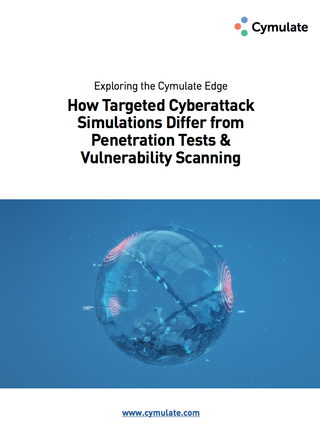WAPDropper malware hooks you up to premium telecoms services
Hackers have incorporated machine learning into a strain that subscribes victims to legitimate services provided by telecoms firms

A newly discovered malware strain has been identified in the wild that unwittingly registers victims for premium services provided by legitimate telecoms firms.
Named WAPDropper, the malware downloads and executes a payload, dropping a wireless application protocol (WAP) premium dialer which subscribes its victims to premium services in Thailand and Malaysia without their knowledge or consent.
The malware strain comprises two separate modules, according to Check Point Research, including a dropper module responsible for downloading the second-stage malware, and a premium dialer module that is responsible for the subscription element.
This campaign identified by the researchers subscribes users to premium services offered by legitimate telecoms providers in Thailand and Malaysia.
The scheme is centred on making calls to premium-rate numbers, which will, in turn, generate profit for the cyber criminals who collaborate with the owners of these particular phone numbers.
After the application is first installed on a device using third-party app stores, WAPDropper contacts the command and control server and receives the payloads to execute. This first payload is the premium dialer module, which opens a tiny web window and contacts premium services.
Once WAPDropper opens the landing pages, it’ll attempt to subscribe the victim to these services. Alarmingly, the process includes a mechanism that can bypass the CAPTCHA security requirement, which must be overcome to complete a transaction.
Get the ITPro. daily newsletter
Receive our latest news, industry updates, featured resources and more. Sign up today to receive our FREE report on AI cyber crime & security - newly updated for 2024.

How cyber attack simulations differ from penetration tests and vulnerability scanning
Exploring the Cymulate Edge
It’s at this stage that the operators deploy the services of Super Eagle, a Chinese firm that offers a machine learning tool for image recognition. When the malware submits the verification code image to the service, the platform returns the coordinate position of the recognition result in the image, then parses the coordinate simulation landing.
The malware also attempts to avoid detection by hiding its icon to prevent users from spotting it on their device and uninstalling the app. The malware also performs checks to determine whether the victim is using a proxy or virtual private network (VPN).

Keumars Afifi-Sabet is a writer and editor that specialises in public sector, cyber security, and cloud computing. He first joined ITPro as a staff writer in April 2018 and eventually became its Features Editor. Although a regular contributor to other tech sites in the past, these days you will find Keumars on LiveScience, where he runs its Technology section.




